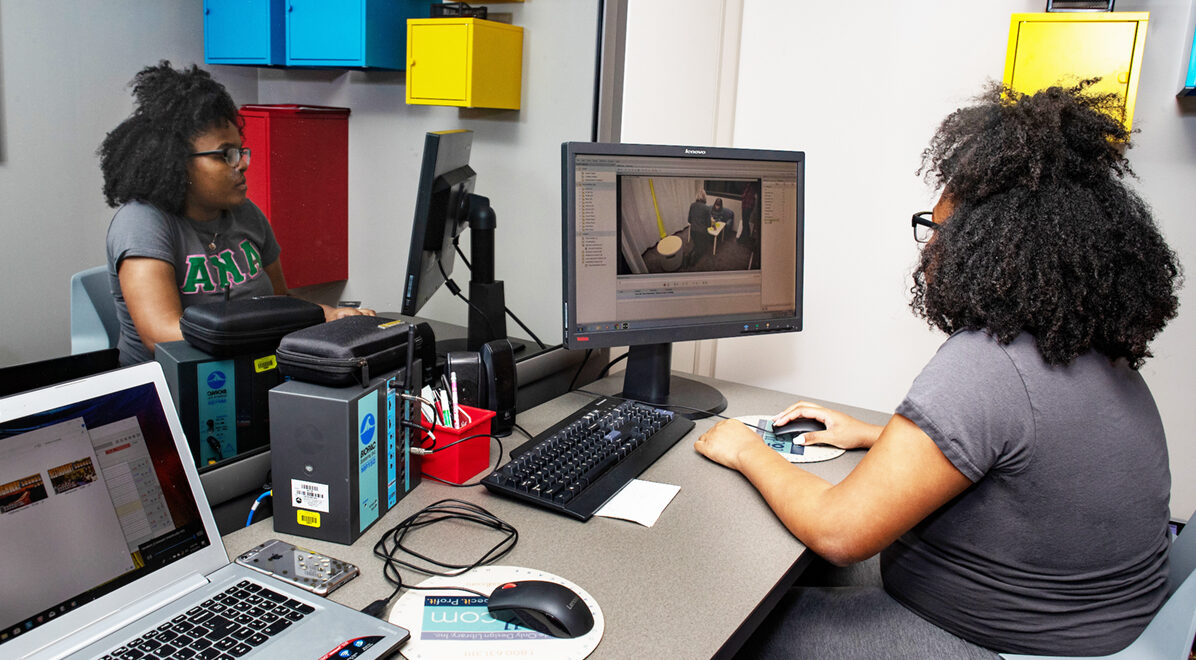CAP lab tests impact of room design on children with autism
Ball State University Magazine, March 2018
“When I started working on my doctorate in 2008, I noticed there were huge facilities called autism centers where I was expecting to see a very specific environment,” Dr. Kanakri recalled. “However, I saw rooms with gray walls and large windows — or rooms without any windows. After speaking with architects who designed these facilities, I found there were no guidelines that would allow them to design rooms just for this special population.”
Art and autism: Caregiver input
Advances in Pediatric Research, June 2018
Shireen M. Kanakri, Kathy Hathorn
Abstract
Evidence is needed for how to design spaces that enhance the well-being of children with autism spectrum disorders. Prior research suggests art selection within challenging environments has a positive impact on the well-being of those using the space. Additionally, art images in classroom spaces are hypothesized to have an impact on children’s behaviors. More studies are needed to inform the decisions about what art is appropriate in regard to children with autism. The present study surveyed teachers that work with children with autism spectrum disorders as well as children with high functioning autism to gain information about what types of artwork they felt would be appropriate for their classrooms. The study was a cross sectional design in nature and aimed to gain both quantitative and qualitative results through online surveys sent to5 different school sites. The sites each specialized in working with children with autism spectrum disorders.
Noise and autism spectrum disorder in children: An exploratory survey
Research in Developmental Disabilities, February 2017
Shireen M. Kanakri, Mardelle Shepley, James W. Varni, Louis G. Tassinary
Abstract
With more students being educated in schools for Autism Spectrum Disorder (ASD) than ever before, architects and interior designers need to consider the environmental features that may be modified to enhance the academic and social success of autistic students in school.
This study explored existing empirical research on the impact of noise on children with ASD and provides recommendations regarding design features that can contribute to noise reduction.
An observational study of classroom acoustical design and repetitive behaviors in children with autism
Environment and Behavior, October 2016
Shireen M. Kanakri, Mardelle Shepley, Louis G. Tassinary, James W. Varni, Haitham M. Fawaz
Abstract
The objective of the present study is to explore the impact of acoustical design on children with autism in school classrooms. Empirical research on this topic will provide information on how interior space features and spatial environment characteristics can be used to support the learning and developmental needs of children with autism.
Spaces Matters: Classroom acoustics and repetitive behaviors in preschool children with autism
American Journal of Pediatrics, November 2017
Shireen M. Kanakri
Abstract
Autism has generally been ignored by the interior design community and excluded from building codes and guidelines, even those developed explicitly for special needs individuals. This research looks into how interior design factors affect individuals with autism; specifically with regard to acoustics.

